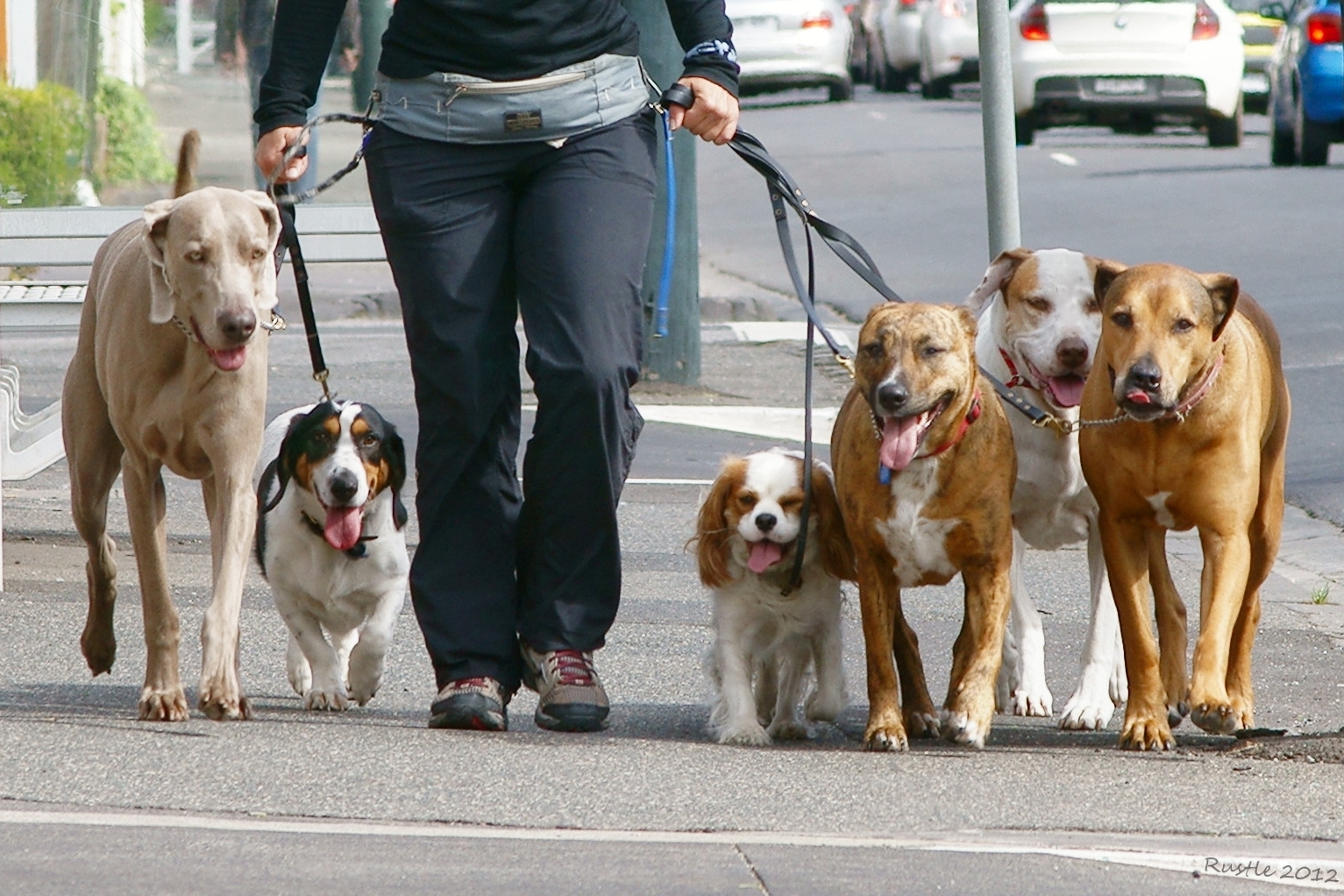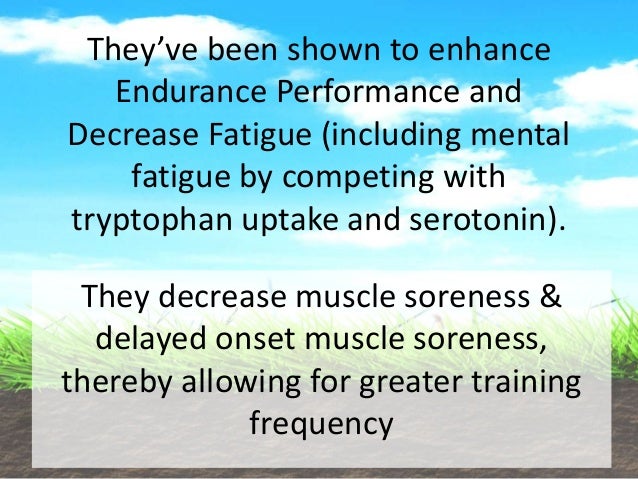
Image source: http://www.adswsupplies.com/userfiles/products/e_986-1.jpg
How To Buy Carpet Cleaning Machines
Whether you are starting a new carpet cleaning business or expanding an existing one. Learning the facts, before you buy a carpet cleaning machine, can allow you to make an informed decision, that will affect your bottom line for years.
Physical Conditions You Have To Have To Clean Carpet
1. Hot Water between 160 and 200. (Optimum Performance: 185)
Many Truck Mount manufacturers advertise extremely high water temperatures to make their system(s) seem more appealing. The fact is, water boils at 212 and begins to produce steam. And I know, we all call it steam-cleaning but, the truth is, carpet cleaning is done with extremely hot water and not steam. Steam is a gas, you cant retain any pressure with steam, you cant clean carpet with steam and you can do real damage to your equipment and carpet. Most truck mount systems today can produce extreme temperatures or steam if you turn the heat up higher than it should be. If a unit can produce heat at 160 to 200 consistently, then it can do the same or better job as a system that promises to produce 240 or higher. Many manufacturers dont tell you that you cant or wont clean with 240, but simply attempt to mislead you with overblown numbers. Be a wise shopper by knowing what the specifications should be. After all, even if you could, you wouldnt wash your clothes in boiling water because over time it would damage the material, just as it will damage carpet fibers, backing and glue. But, you would wash them in hot water. Think about it . . .
2. Pressure between 100psi and 650psi. (Optimum Performance: 600psi)
Water pressure forces hot water or hot water and cleaning agent into, over or through the carpet. Too much pressure and you force dirt and cleaning agent through the carpet fibers and backing and into the pad, putting down too much moisture to pull up, extending drying time, introducing malodors and/or possibly causing mildew. Not enough pressure and you cant penetrate the fibers enough to break the dirt loose. The optimum pressure allows you to penetrate the fibers, mix with and remove the dirt.
3. Vacuum at 15Hg, 240cfm. (Optimum Performance: 15Hg, 240cfm)
Vacuum is measured in two ways lift and air flow.
Lift Most systems can produce 15Hg of lift. 15Hg stands for 15 inches of mercury. This is how much lift it takes on average to efficiently pull water from ground level or lower, up and into your system recovery tank. If you set your system too low below 15Hg you may not have enough lift for extraction, set it too high above 15Hg and you run the risk of doing damage to your system.
Air Flow is measured in cubic feet per minute and is the amount of vacuum power it takes to clear or pull the water through your wand and vacuum hose and up into to the system recovery tank with consistent performance. The optimum amount of air flow for single floor wand cleaning is 240cfm. So it only goes to follow that the optimum air flow for dual or two floor wand cleaning is double that or around 480cfm. Rather than use two floor wands, many cleaners prefer to take advantage of the dual-wand configured system by having one technician cleaning with a floor wand and another using a furniture or detail tool at the same time, achieving optimum performance at around 380cfm.
Heat Exchange VS Propane Heated Machines
Most Truck Mount systems today heat the water one of two ways, heat exchange or propane heat.
Heat Exchange Also referred to as heat exchanger systems are available in two configurations, air-to-water or water-to-water.
In air-to-water systems the water is heated by the truck mount engine exhaust or in the case of a dual or two stage air-to-water heat exchange system, water is first pre-heated by the blower exhaust and then heated for use by engine exhaust. This is accomplished by letting the water flow through a metal (usually stainless steel) tube or coil surrounded by an outer metal tube or shell which is filled with hot engine exhaust (air). There are two things to look for with an air-to-water system. One, the system should have a diverter-valve to allow you to divert the engine exhaust away from the water flow and through the normal engine exhaust path when doing water extractions and not cleaning (using water). Two, a needle-valve or available mechanism, that assists in regulating the water temperature to the wand. This is done by adjusting the water flow through the inner heat exchange tube. The more water flow the less heat. The less water flow, the hotter the water coming out of the wand. But, since there is no way to regulate the heat of the exhaust air in the outer tube it is better and safer to be able to divert the hot exhaust air away from the inner water exchange tube when not cleaning.
With water-to-water systems the water is run through a tube that is surrounded by a tube with flowing, heated coolant from your vehicles coolant system. Since the temperature of the coolant (water) in the outer tube can be regulated by the vehicles thermostat, there is no need for a way to divert the coolant away from the outer heating tube or regulate the water flow in the inner heat exchange tube.
Both systems do a fine job of heating the water. But, since it is a simple fact that water heats (anything) faster and more consistently than air, the system to use depends on the type of cleaning you are doing. If you are cleaning residential homes, moving from room to room, moving furniture and cleaning detailed areas at a time, then an air-to-water system will deliver enough heat to do the job. On the other hand, if you are cleaning large commercial areas or apartments with a lot of non-stop wand work, then the water-to-water system will deliver more consistent heat.
Propane Heat Is overall the hottest and more easily controlled heat available for truck mount systems. The only negative in comparison to heat exchange is that you have to purchase propane gas to run the heating system. In most propane systems the propane gas is stored in a belly tank outside the vehicle. A hose is run from the tank to feed a hot water heater inside the van. Pressurized water from the system pump flows through the hot water heater and is delivered to the wand for cleaning. The temperature of the water is thermostatically controlled by easily adjusting the temperature control knob on the heater thermostat. Other than having to purchase propane gas, there are several positives to be aware of with a propane heated system. Besides the thermostatic control of the water temperature, propane systems are extremely versatile and simple to operate and maintain, and with built-in emergency gas shutoff and venting, can be operated with a high degree of dependability and safety.
PTO Machines VS Slide-in Machines
Truck mount carpet cleaning systems are built in two designs, PTO (Power Take Off) or Slide-in systems.
PTO Power Take Off systems operate by taking power from your vehicles transmission or drive-train system to run the truck mounts drive system to turn the vacuum blower and pump. Generally these systems are water-to-water heat exchange systems so they also harness the heat of the vehicle's coolant system to heat the water. The advantage of the PTO systems is that they can be very easy to operate. However there are some disadvantages. Generally PTO systems are much more expensive than Slide-in systems. This is because the PTO truck mount system is permanently built-in as part of the vehicle. In other words your vehicle is your truck mount system and your truck mount system is your vehicle. This means that if you want to run your truck mount system, you must run the vehicle at the same time. Ultimately, this will substantially increase the otherwise normal wear and tear on your vehicles systems. If the unfortunate circumstance occurs that your vehicle is wrecked or totaled, unlike a slide-in system that you could remove from the wrecked vehicle and place in a new one, with the PTO system you not only wrecked or totaled your vehicle but also your truck mount system. With PTO systems as with some hugely overblown slide-in systems the cost of maintenance and replacement parts can be outrageously high. Also, be aware that many PTO systems incorporate large vacuum blowers and the vehicle's power does not turn the vacuum blower at enough RPMs to operate at the blowers optimum performance. There are also systems (PTO and Slide-in) that incorporate large blowers that are built correctly. So just look out that you arent purchasing components that will never reach or be used at their peak efficiency.
Slide-in Slide-in systems come in an array of configurations, from very economical yet powerful, simple designs that are easy and cheap to maintain, to extremely expensive, large, over compensated systems that, much like PTO systems, can be very hard to work on and very labor intensive and expensive when you have to get them serviced. The thing about slide-in systems is that they all operate using the same three components, an engine, a vacuum blower and a water pump. Yet, some systems are made to be more appealing by incorporating giant housings that display lots of extra controls and gauges that you dont really need and are just going to present you with down-time and extra maintenance expense. Some systems promote big horse power engines to give the appearance of added power to your overall system, when after all that is not the case. In a truck mount system, the vacuum blower is turned at the safest, maximum RPMs to obtain the blower's optimum lift" and airflow. If an eighteen horse power engine accomplishes this task, then anything larger has been installed either out of ignorance or with the goal of misleading the buyer. The best slide-in systems are honestly built to meet all of the optimum specifications required to do the job and provide you with a tool to make money with, not an albatross that is designed to take back as much of that money as its high purchase price and maintenance cost can. If you think about the fact that all slide-in systems use the same three components to operate, then it is easy to see that they all produce the same results, no matter how they are packaged. The real advantage to the simpler slide-in systems is that they are just as powerful, yet much easier and cheaper to maintain with less down time, since much of the maintenance can be done by the operator. Also, they are extremely versatile, allowing you to install them in a variety of configurations and vehicles.
The Bottom Line
The bottom line is, BE AN EDUCATED BUYER! Some systems are advertised as simple, some as large and therefore giving the appearance of being more powerful, some are promoted to be easier or safer to operate. Make no mistake about it, easy and safe operation, no matter what the system, is only determined by the common sense of the operator. If you know what the optimum performance is that you have to have to do the work you want to do, then use that knowledge to obtain an economical and easily maintained system that is going to be of service to you for years, making you money, rather than one that you spend years of money servicing.












